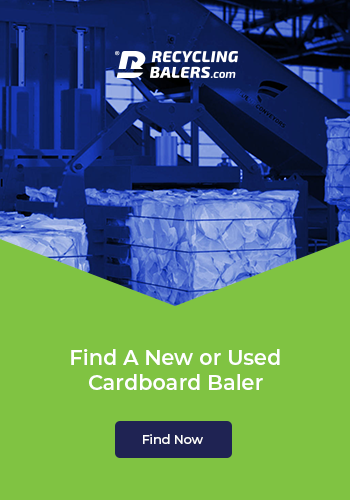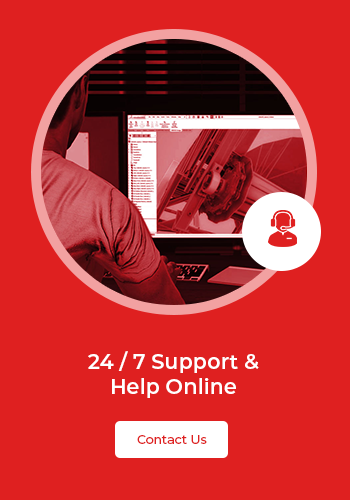What is a Conveyor?
For those that are new to manufacturing and production and are learning how different equipment can help you achieve your production goals, the term ‘conveyor’ can seem a little mysterious. The purpose of this article is to introduce you to one of the world’s best-loved pieces of factory and warehouse equipment – showing you how a conveyor works and what it can do to help you automate key manual processes within your organization. Read on to learn what a conveyor is, how it works, and the benefits of its installation in your facility.
The Conveyor
A conveyor, or a conveyor belt, is ultimately an automated method by which materials can be carried from one location to the next. Without a conveyor, you’ll rely on human labor to carry materials from A to B – a conveyor makes these humans redundant by using machinery to bear the carrying load. You may have seen conveyor belts in supermarkets: these are tiny versions of what an industrial-sized conveyor looks like in facilities across the country.
So, what does this look like in practice? Well, take a logging company, for example. After logs are chopped to a certain length, you want to load them into the back of a truck. Human labor would take hours to achieve this, whereas a conveyor belt, set up at an angle to carry the logs up and into the back of a truck, can achieve the same feat in a matter of minutes.
Use Cases
There is no end to the number of use cases that you can find for a conveyor belt. You can have one set up outside – for logging and natural resource extraction. You can set conveyors up inside a warehouse facility, to help you transport raw materials around your warehouse. You’ll have seen conveyor belts at airports, to take luggage to the correct airplane, and in postal facilities, to help sort mail at speed.
There are so many use cases, in fact, that the conveyor belt industry is based around bespoke orders and a wide array of different models – all of which offer different benefits to the consumer. From durable hardware to extra-fast delivery, conveyors are customizable to suit any business’s needs.
Benefits
There are three key benefits to the installation of conveyor belts in a production line or supply chain, and these are:
· Time-saving: with conveyor belts installed, you’re able to ferry materials from A to B far quicker than using human labor.
· Wage-saving: conveyors replace human labor, which means you won’t need to pay staff to do the job that a conveyor belt will now perform in your business.
· Stress-saving: finally, with a conveyor system set up, it’ll run automatically and diligently for months and years into the future – saving you stress.
These three key benefits are why thousands of businesses across the United States have chosen to purchase or rent conveyor belt solutions, enabling them to save time, money, and stress by automating transportation within their facility.
There you have it: a simple guide to conveyor belts, how they work, and the benefits that they can bring to any company that operates some form of production line.



